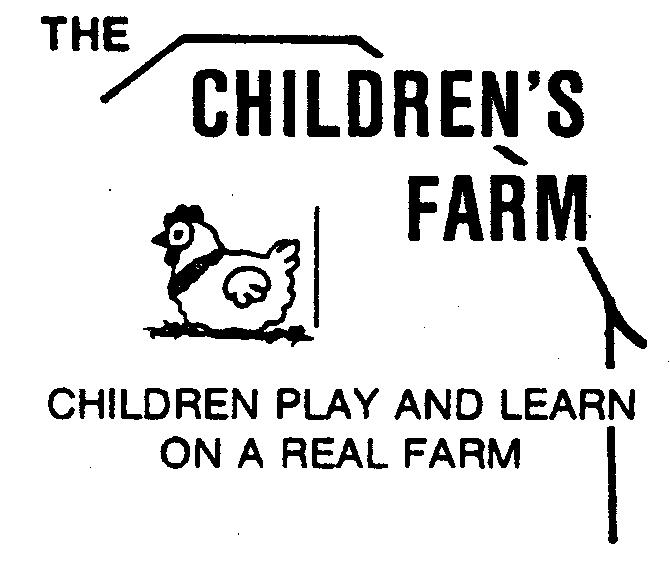The excited cry came from the classroom where Jared, the first to get his snowsuit off after a time of sledding outdoors, had ventured in to check the recently planted bulb garden on the table by the north window. He now came eagerly toward the entry way, waving a newly sprouted bulb. In his delight he had plucked it out of the tray, green tips showing and little roots dangling! Everyone gathered ‘round to see the new growth. The teacher skillfully avoided any embarrassment as she helped Jared and others tuck the bulb lovingly back into the potting soil. No harm was done, (bulbs are so hardy) and, after all, the excitement was what it was all about.
That excitement of helping, watching, and learning about growing things is a large part of the curriculum at The Children’s Farm School, and one which we consider uniquely appropriate to early learners.
Why garden? First of all, we think it’s important and basic to our commitment to preparing children for the future. It has been said that the exceptional challenge for mankind in the 21st century will be the challenge of dealing with the environmental issues, of keeping our species alive in a sustainable balance with nature. Ruth Wilson, who writes about environmental education for young children, has suggested that the present environmental crisis is due, in large part, to a growing “Psychological Detachment” from nature and even a “prejudice against nature.” (Wilson, 1996) Without positive exposure to the natural world, children may never develop a “mature, responsible way of relating to the world they live in,” says Wilson. We believe that learning to take care of sprouting bulbs or seedlings in a classroom can be a step toward this understanding.
Secondly, children (and people) need nature: the joy, wonder, and beauty that they can learn to appreciate at an early age. Rachel Carson in Sense of Wonder (1965) tells of how children experience nature : “it is not half so important to know as to feel”, to prepare the soil for future curiosity and knowledge. As I watched the children this week (early March) playing with the potting soil in the water table, I thought of the joy they felt in smelling the earth, even as the ice outside had only begun to melt. I knew that seeds they would soon be starting would be a newfound miracle and source of wonder once they came up.
In addition, the basic science concepts involved in learning what growing is all about can be introduced in an age appropriate way with gardening activities. Gardening exposes children to the life cycle, daily miracles, and long-term processes which they may not experience in the plastic world of modern life. For example, at school we can help children take seeds off of sunflower heads, plant them in pots, replant them outside, play under their towering heights, and harvest the heads in the fall to feed the birds or to provide more seeds for planting next year.
Soon we’ll be sending home new seeds for them to nurture at home, and by May we’ll be starting peas, potatoes, and beans in the garden. Digging together, feeling the sun warming the earth, setting out signs, and watching those seeds sprout are all planned for the coming Spring.
Cognitive learning of concepts, pre-reading and numbers, occasions for social engagement, opportunities to increase sense of competency, and emotional growth, or outlets for positive physical engagement; all are real and valuable lessons taught and learned through gardening. In short, it’s a great curriculum!
And when we overheard a child say the other day, “my arms are stronger now ‘cause I’ve grown!” , we know he understands the concept of growth!




